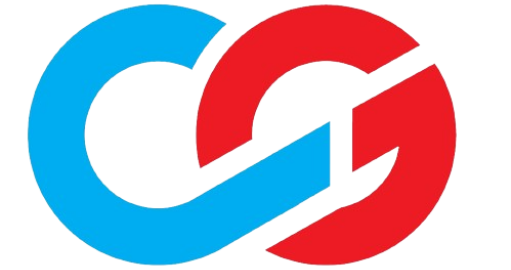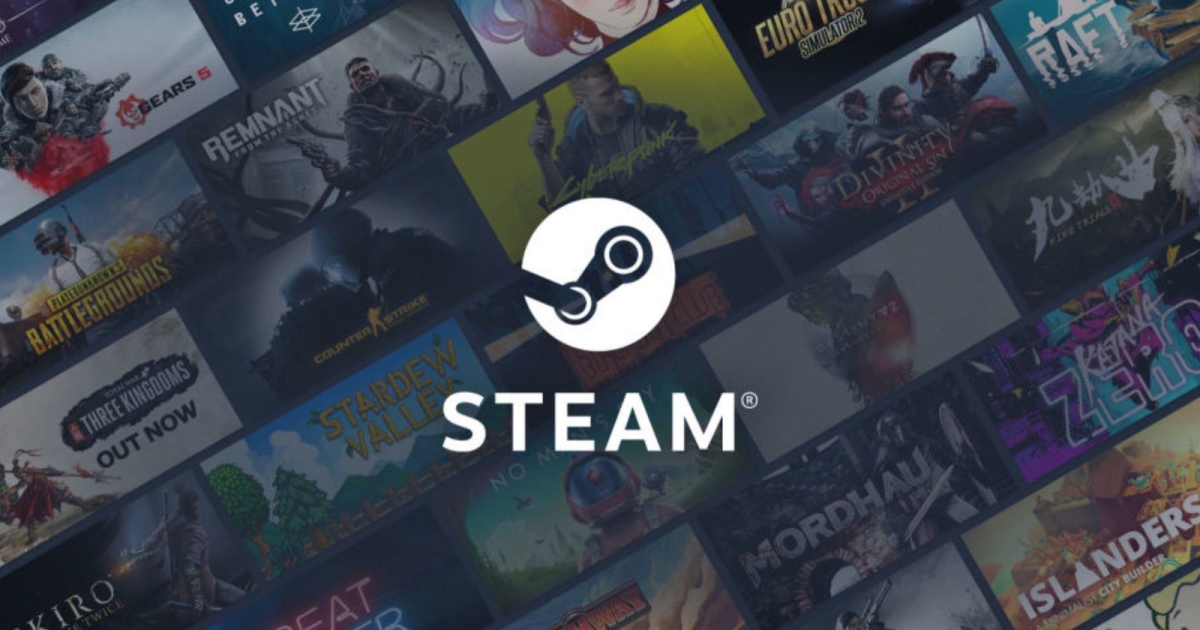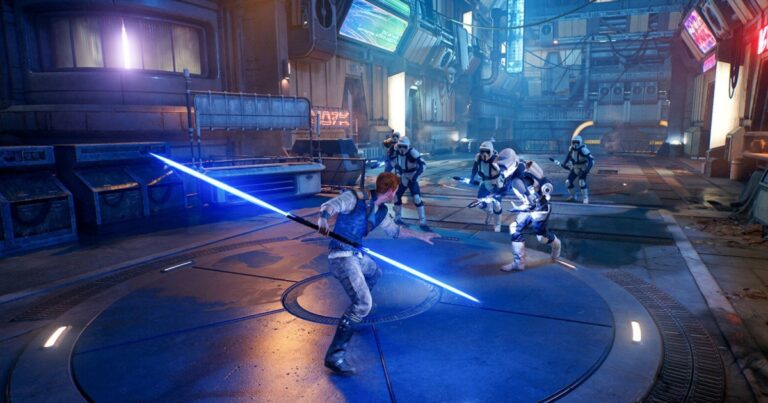Valve has made its stance clear by setting up an independent page on the Steamworks Documentation to outline existing advertising policies on Steam.
As first spotted by GamingOnLinux, this page shows both supported and not-supported behaviors with examples to explain what constitutes advertising in a game. It’ll work as an action guide for game developers and publishers regarding related designs in their products.
The red line is that developers are not allowed to use “paid advertising as a business model in their game” when launching on Steam. This kind of model is often seen and used by free-to-play mobile games that rely on IAA (in-app ads) to make money, as developers get paid by the times an ad has been viewed or clicked by their players.
Those ads often show up abruptly, like when players are in need of additional resources, lives, or access to some content or gameplay. Valve suggests developers remove such elements before publishing the games on Steam or can consider “switching to a single purchase ‘paid app,’ or making your game free to play with optional upgrades sold via Microtransactions or Downloadable Content (DLC).”
It’s also a don’t-do to charge other developers for access to Steam features, including “sale pages, bundles, store pages, franchise pages, etc.”
Valve
While there are strict restrictions, Valve makes it clear that product placement, like real brands, products, personalities, etc, could be implemented “provided such portrayals are not disruptive and are appropriate within the context of the game.” An example is that a real-life sponsor’s logo could appear on the cars in a racing game. Also, cross promotions, like bundles and sale events, are encouraged. And, of course, paid advertising campaigns outside of Steam to guide players to the platform are also allowed.
Join our 80 Level Talent platform and our new Discord server, follow us on Instagram, Twitter, LinkedIn, Telegram, TikTok, and Threads, where we share breakdowns, the latest news, awesome artworks, and more.





